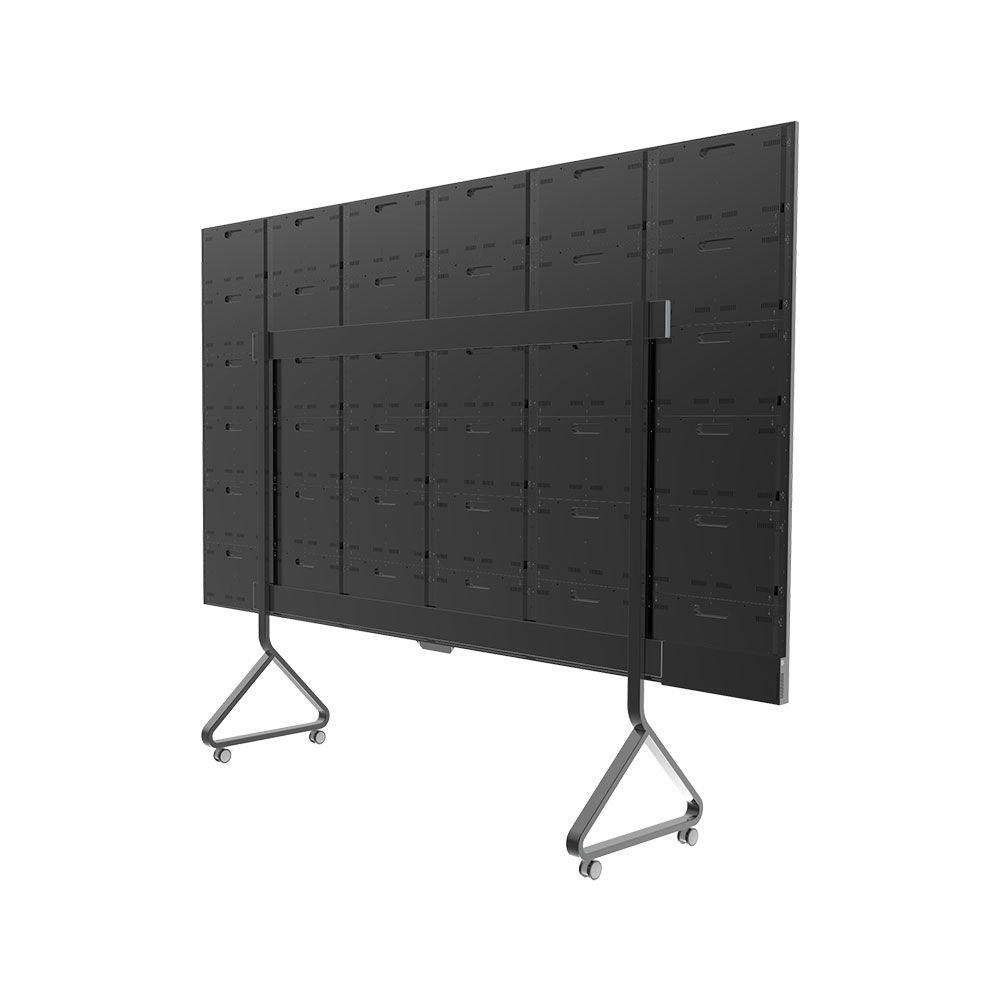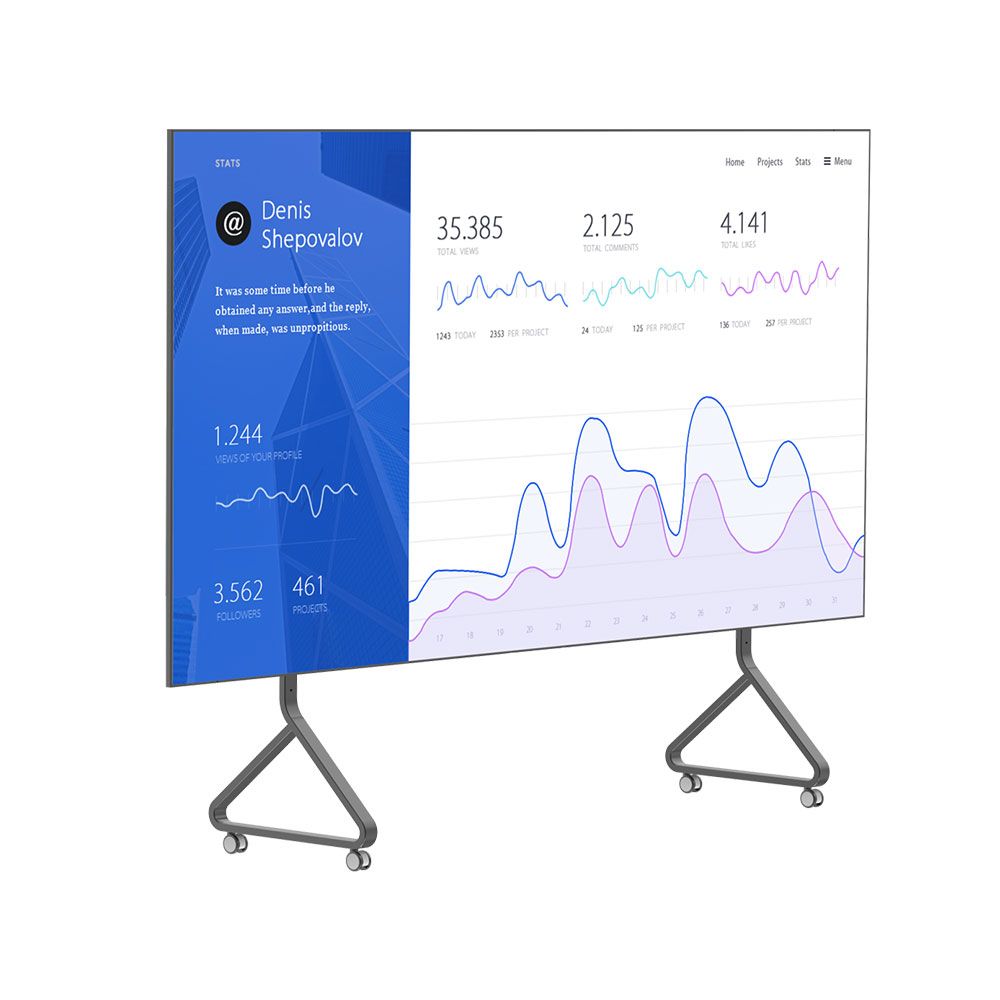With the continuous progress of urban construction, outdoor LED electronic screens are “blooming everywhere” in the city and become a scenic spot of the city. However, the related problems such as light pollution and light infection are also gradually exposed. This “flower” does not seem to be in full bloom.
At present, there are generally the following methods to avoid light pollution and make it really bright and fragrant:
1、 An automatic brightness adjustment system is adopted
The brightness of the environment varies greatly at different times. If the brightness of the display screen is too much greater than that of the environment, especially at night, strong glare will cause people’s eyes to adapt. Through the automatic brightness adjustment system, the broadcast brightness suitable for the environment can be automatically converted to avoid light pollution.
2、 Improved packaging devices to reduce light pollution
People in the industry pay more attention to how to reduce the light pollution of LED display screen through the improvement of packaging devices. At present, both in-line devices and surface mount devices have launched their own solutions.
A. Asymmetric optical design of in-line devices
According to the line of sight of most viewers, the upper angle of view of LED display screen is the invalid display range of LED display screen. Therefore, the packaging manufacturers represented by Kerui and Lehman Co., Ltd. of the United States transfer part of the energy of the upper angle of view to the visible range of the lower angle of view through asymmetric optical design of in-line devices, so as to improve the effective brightness. Through such asymmetric optical design, the brightness within the effective visual range of the lower viewing angle can be increased, and the light pollution to the invalid visual range such as residential buildings and night sky can be avoided.
B. Black light on the watch to improve the clarity of the screen
Studies have shown that the human eye’s perception of color is greater than that of light and dark. Generally speaking, the greater the contrast, the clearer the image and the brighter the color; Small contrast will make the whole picture gray and difficult for human eyes to distinguish. In addition, the contrast has a greater impact on the dynamic video display effect. Because the light dark conversion in the dynamic image is relatively fast, the higher the contrast, the easier it is for people’s eyes to distinguish such a conversion process.
3、 Reasonably plan the display area and installation position
Reasonably plan the display area and location according to the viewing distance, surrounding environment and viewing angle. Keep the installation of LED display screen at a certain inclination and height. When the inclination between the LED display screen and the vertical plane is less than 45 °, it is more in line with people’s perspective and can reduce the impact of direct light and stray light on the surrounding environment. The LED display screen is installed within 10m from the ground, which can reduce the impact of stray light and direct light on the surrounding environment.
4、 Properly control the brightness of LED large screen
Due to the low brightness of the surrounding environment at night, the brightness of the LED display screen at night is reduced through the brightness adjustment technology, and the design brightness is restored during the day, which not only does not affect the effect of the LED screen, but also reduces the light pollution at night and saves electric energy.
In the outdoor environment, it is more feasible to increase the contrast of LED display screen and improve the recognizability of image. Under the same brightness, the greater the contrast, the stronger and more vivid the displayed image hierarchy, and consumers will have a clearer viewing effect.
5、 Reasonable design of broadcast content
Because the light pollution of LED electronic screen is closely related to the display color, when designing and playing films, we should use more high-purity colors, use more mixed colors, and try to use less low-purity and high brightness colors as the main color; The transfer between the previous video and the next video should be slow rather than urgent; Do not use images that flash too much.

